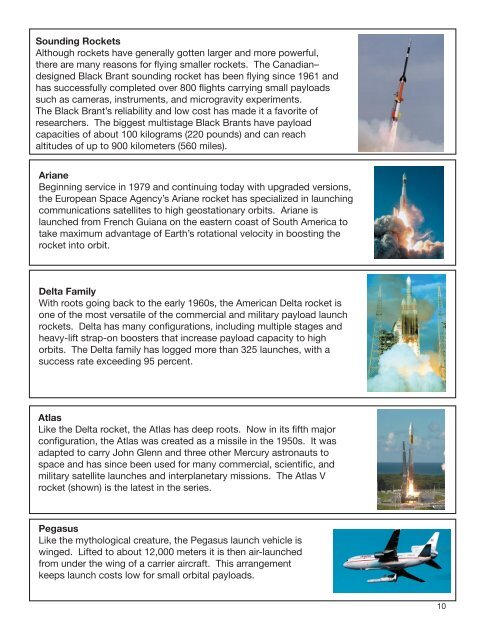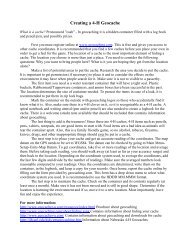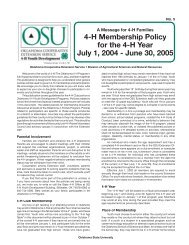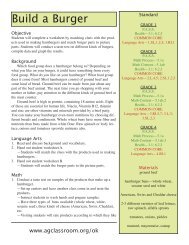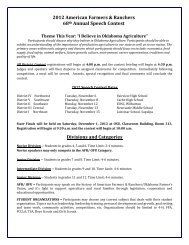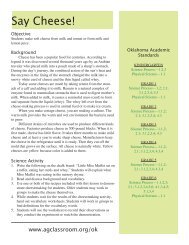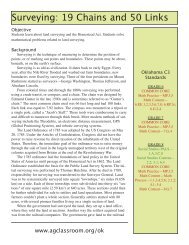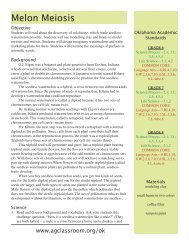You also want an ePaper? Increase the reach of your titles
YUMPU automatically turns print PDFs into web optimized ePapers that Google loves.
Sounding <strong>Rockets</strong><br />
Although rockets have generally gotten larger and more powerful,<br />
there are many reasons for flying smaller rockets. The Canadian–<br />
designed Black Brant sounding rocket has been flying since 1961 and<br />
has successfully completed over 800 flights carrying small payloads<br />
such as cameras, instruments, and microgravity experiments.<br />
The Black Brant’s reliability and low cost has made it a favorite of<br />
researchers. The biggest multistage Black Brants have payload<br />
capacities of about 100 kilograms (220 pounds) and can reach<br />
altitudes of up to 900 kilometers (560 miles).<br />
Ariane<br />
Beginning service in 1979 and continuing today with upgraded versions,<br />
the European Space Agency’s Ariane rocket has specialized in launching<br />
communications satellites to high geostationary orbits. Ariane is<br />
launched from French Guiana on the eastern coast of South America to<br />
take maximum advantage of Earth’s rotational velocity in boosting the<br />
rocket into orbit.<br />
Delta Family<br />
With roots going back to the early 1960s, the American Delta rocket is<br />
one of the most versatile of the commercial and military payload launch<br />
rockets. Delta has many configurations, including multiple stages and<br />
heavy-lift strap-on boosters that increase payload capacity to high<br />
orbits. The Delta family has logged more than 325 launches, with a<br />
success rate exceeding 95 percent.<br />
Atlas<br />
Like the Delta rocket, the Atlas has deep roots. Now in its fifth major<br />
configuration, the Atlas was created as a missile in the 1950s. It was<br />
adapted to carry John Glenn and three other Mercury astronauts to<br />
space and has since been used for many commercial, scientific, and<br />
military satellite launches and interplanetary missions. The Atlas V<br />
rocket (shown) is the latest in the series.<br />
Pegasus<br />
Like the mythological creature, the Pegasus launch vehicle is<br />
winged. Lifted to about 12,000 meters it is then air-launched<br />
from under the wing of a carrier aircraft. This arrangement<br />
keeps launch costs low for small orbital payloads.<br />
10


